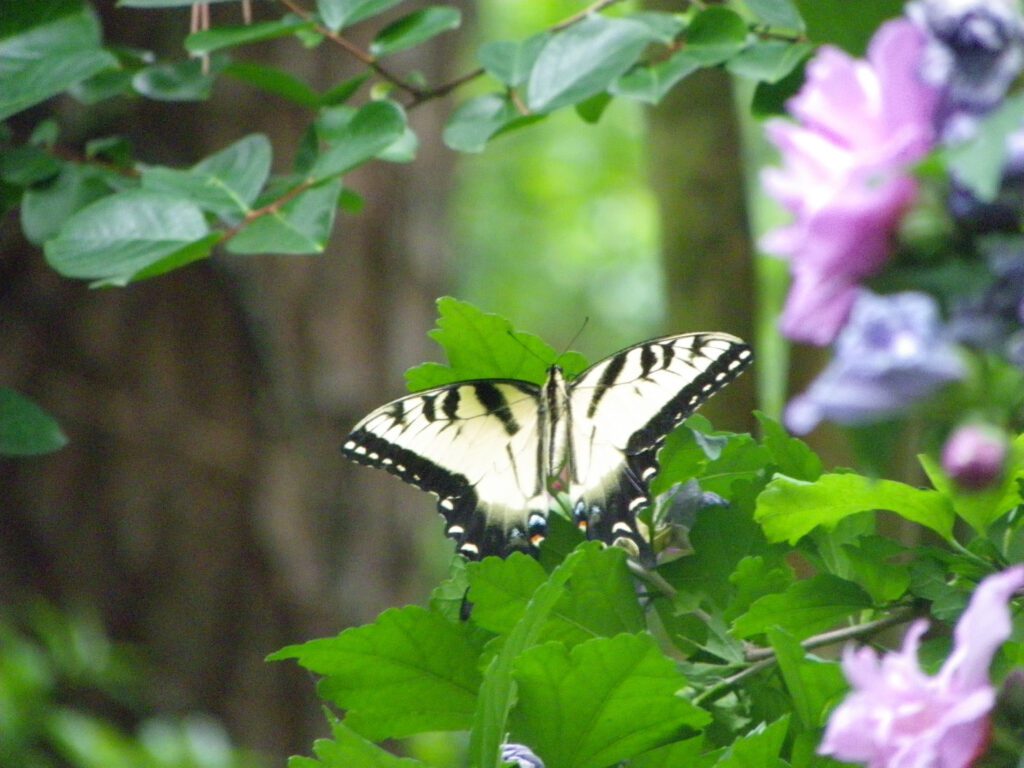
What’s not to like about summers in the south? Warm temperatures, pretty flowers, fresh tomatoes from the garden, fish jumpin’…I could go on and on. With all the nice things about living in our part of the world this time of year, there are some “boogers” out there bent on making your life miserable.
As sure as there’ll be peaches in June and watermelons in July, there’ll be bugs. Lots of bugs. Bad bugs. Nasty bugs. Biting and stinging bugs. For all of us, insect bites and stings are, at the very least, annoying. For some with certain allergies, they can be far more serious.
With the very serious mosquito-borne illness, West Nile Virus in the news practically every day, getting bitten can be more than just a nuisance; it can be deadly.
I recently found one of those “top ten” lists, not unlike the one David Letterman use to do each night on TV. However, this top ten list has to do with helping make your summer outings in Louisiana more bug-free.
Cover your skin as completely as possible. Wear shoes, long sleeves and long pants with the cuffs tucked into the socks. Males need to be particularly careful in covering up, since they are favored targets of mosquitoes.
Wear khaki or neutral colors. Mosquitoes are attracted to dark colors, especially blue, so avoid this color.
Avoid using scented soaps, lotions, shampoos and colognes. Heavily scented toiletries are attractive to bees and other bugs.
Use repellent. Like sunscreen helps block the sun’s rays, bug repellent helps block bugs. DEET or citronella-based repellents both work.
Be prepared. Even if the bugs aren’t out when you leave on an outing, they might be when you get there. Carry repellents in your car, tackle box, backpack, beach bag or hunting vest. Even the best repellents won’t help you if you leave them at home.
Avoid spots popular with bugs. Mosquitoes like cool, moist places. Avoid stagnant pools of water when possible. Flies tend to hover around animals and sweets; gnats, horseflies and deer flies are attracted to moving objects; yellow jackets are drawn to meats, soft drinks and other foods.
Be aware of the time of day when most insects are active. Gnats are more plentiful in the morning; mosquitoes prefer dawn and dusk; deer flies are more pesky in the midday hours.
Children are more vulnerable to bug bites because of their smaller size. They are closer to the ground and to flowers and plants that harbor insects. Protect them with proper clothing and with insect repellents appropriate for children.
Check for ticks upon returning indoors. If you find an imbedded tick, remove it by grasping the head with tweezers and pull straight up. To reduce risk of infection, clean the bite with hydrogen peroxide.
Don’t scratch. Impetigo, a common skin disease among children that can spread throughout the family, usually begins when a child scratches a bug bite. Use a topical cream or spray containing lidocaine or benzocaine to reduce itching.
This list may not make you laugh like Letterman’s top ten did but hopefully, it’ll keep biting and stinging insects from making you want to cry.
 fgazette.com Community news site for Union Parish Louisiana
fgazette.com Community news site for Union Parish Louisiana